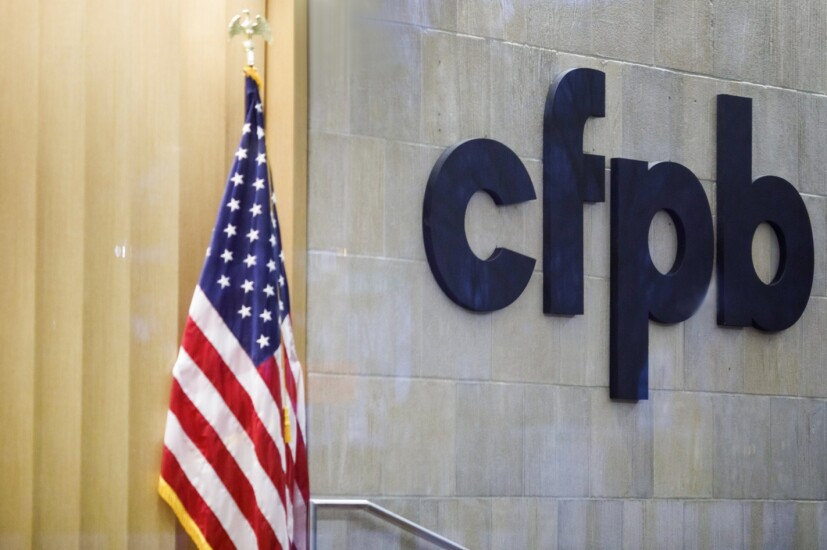Financial regulators and Congress are still trying to coalesce around a unified regulatory framework for stablecoins, a crucial portal between crypto finance and the financial system.
The atmosphere changes fast in the crypto world, and a second major headline-snatching crash around the Celsius Network has quieted some of the loudest proponents of cryptocurrency in Washington, and reinforced banking regulators' cautious approach to digital assets.
The crashes "confirm some of our prior thoughts that there are some vulnerabilities and risks in that space that do warrant a cautious and careful approach," Hsu, the acting comptroller of the currency, told reporters after the Celsius market turmoil.
With the volatility of cryptocurrency increasingly in the spotlight, there's more eyes looking toward stablecoin regulation. Stablecoins, which are meant to be backed by real assets such as Treasuries and bonds, underpin crypto markets. The hope is that, if stablecoins are backed by relatively liquid assets and regulated similarly to banks, they'll lessen the frequency and severity of runs on other digital assets.
A bipartisan bill emerged in early June from Sens.Kirsten Gillibrand, D-N.Y., and Cynthia Lummis, R-Wyo.
The crypto industry generally applauded the proposal, which took a comprehensive approach toward defining digital assets and establishing regulatory jurisdiction over them.
The bill offers a few options for stablecoins. One of those echoes the Biden administration's suggestion: to put stablecoin issuers under the FDIC and impose banklike regulation on them.
The other would require issuers to fully back their coins with hard assets, a mandate that would subject them to similar scrutiny as exchange-traded funds, which are required to have their underlying assets verified by third-party groups.
Banks had a more tepid response to the bill than the crypto industry. A provision in the bill would mean any depository institution with a state charter is entitled to an account at a Federal Reserve bank, regardless of whether they are federally insured or supervised. Bank groups say this gives
fintechs an unfair advantage.
Movement on stablecoin regulation could
come as quickly as before the end of the year, said Toomey, the ranking GOP member of the Senate Banking Committee. Toomey has
put forward his own bill on the issue that would create a new federal license for stablecoin issuers and authorize the OCC to issue it.
How to regulate stablecoin is a tricky issue for banks to take a stand on. On one hand, requiring stablecoin issuers to adopt banklike regulations would help even out the playing field, giving issuers similar oversight, giving them deposit insurance and requiring that they be backed by relatively liquid assets.
But it could also
reintroduce risk into the banking system, some industry watchers have warned. While banks have seen little impact from the recent market volatility, that could change if risk from crypto is put back on the balance sheets of highly regulated financial institutions.
"Dodd-Frank was about de-risking the big banks, and now the President's Working Group contemplates that we're going to add more risks to these institutions," Rep. Pat McHenry, R-N.C., said in May during a House Financial Services Committee hearing with Yellen.
Yellen and other key Treasury Department officials, notably Nellie Liang, undersecretary for domestic finance, have called for this banklike regulation, although some lawmakers on both sides of the aisle have balked.
"It occurs to me that limiting stablecoin issuance to insured depository institutions, which have a high barrier to entry, could limit competition," Rep. Gregory Meeks, D-N.Y.,
said during a House Financial Services Committee hearing in February.
Movement to regulate stablecoins goes beyond Washington. The New York State Department of Financial Services
released new guidance for stablecoin issuers in early June, calling for reserve requirements and monthly independent audits.















